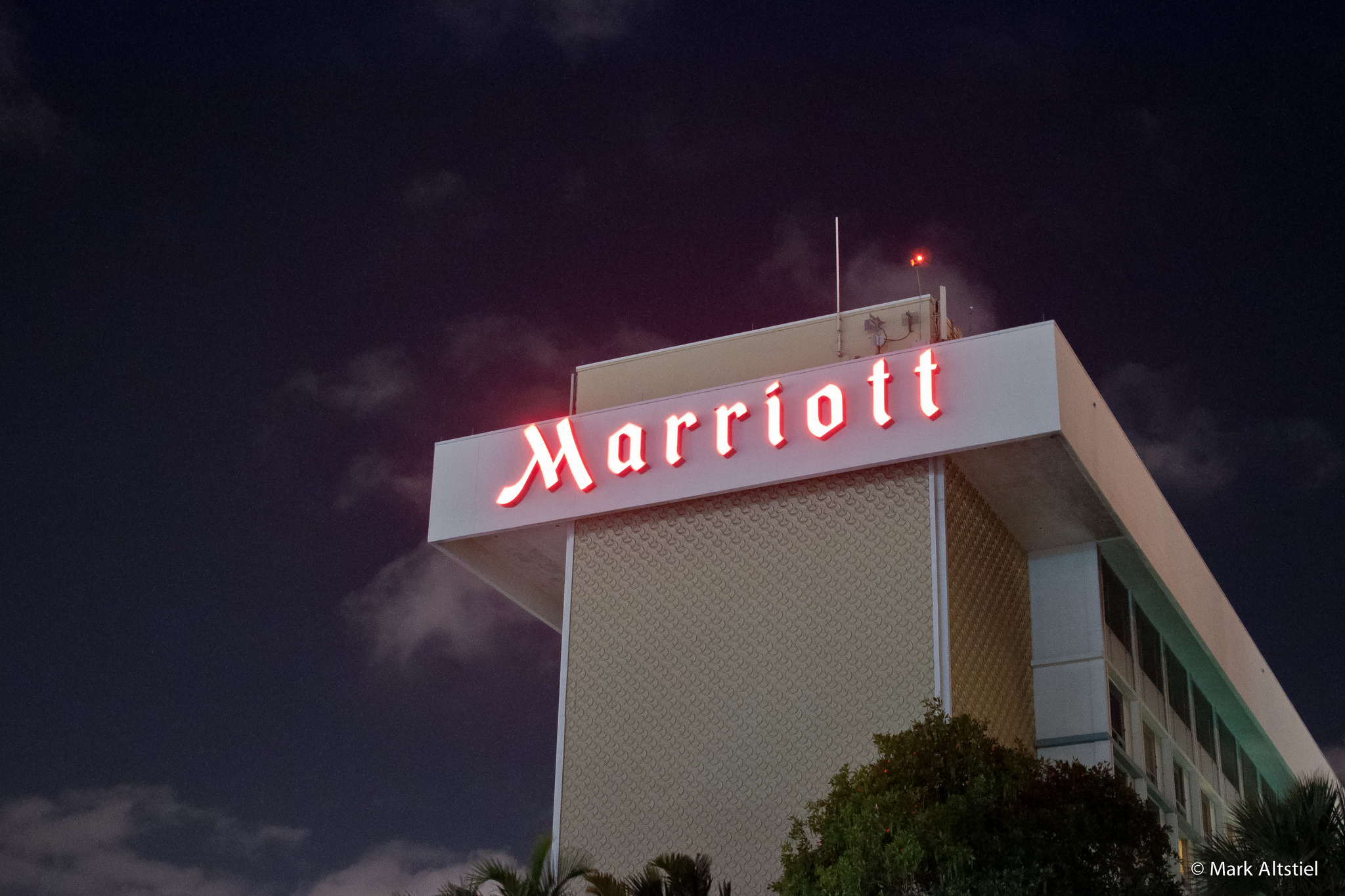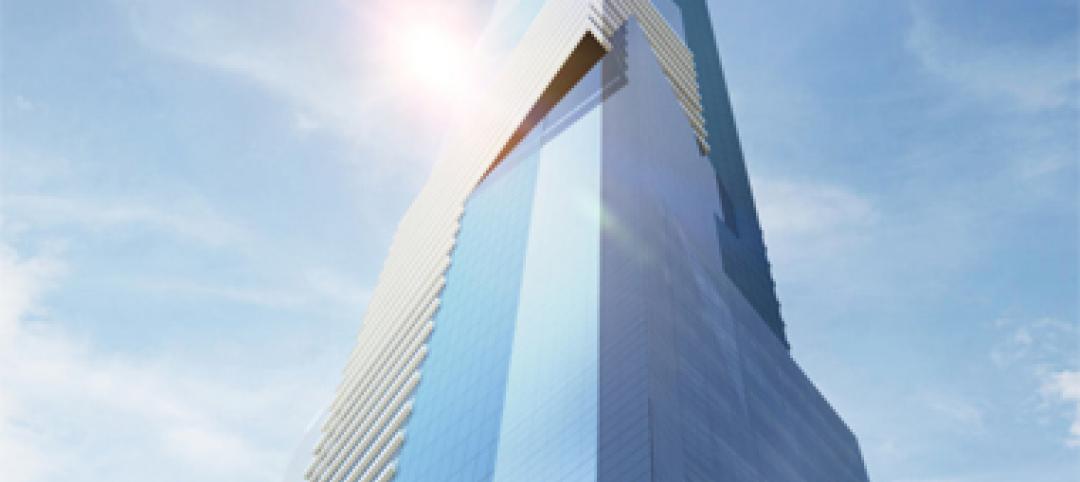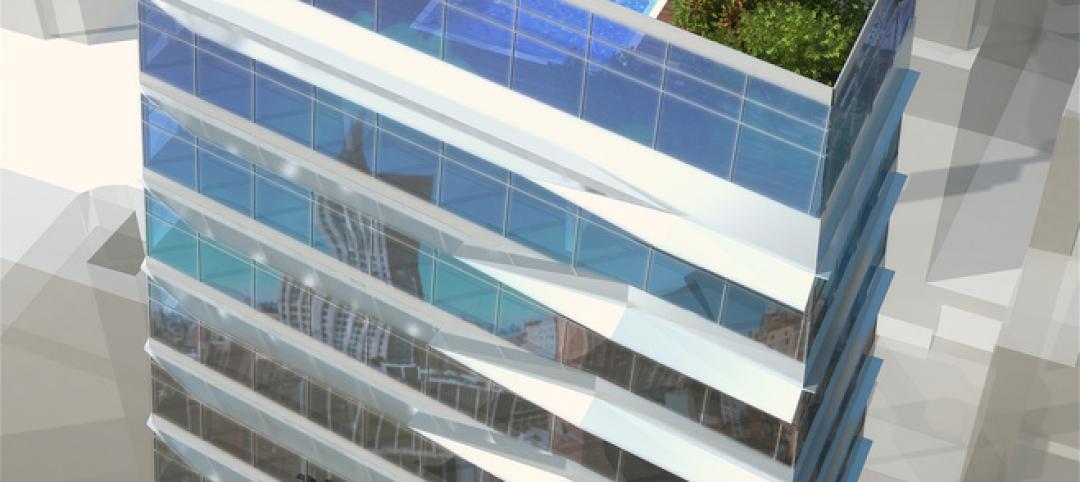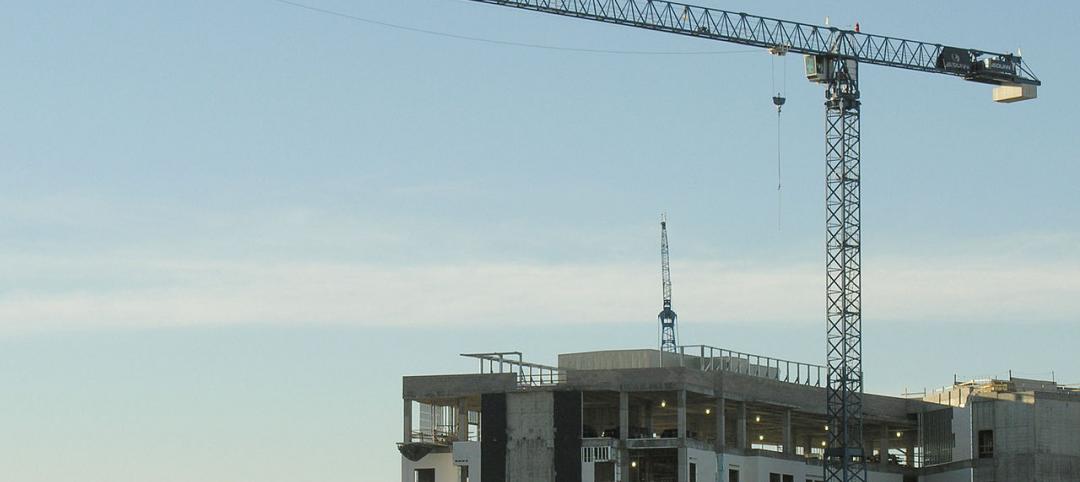Two of the world’s expansion-minded hotel chains are joining forces, as Marriott International has agreed to acquire Starwood Hotels & Resorts Worldwide in a deal valued at $12.2 billion. Marriott will pay $11.9 billion in stock and $340 million in cash. Marriott will also assume Starwood’s recourse debt.
If this deal, which Marriott and Starwood signed on Nov. 17, closes as expected, it would create the world’s largest hotel company, with 5,500 properties and more than 1.1 million rooms, operating under 30 brands in more than 100 countries.
Marriott, based in Bethesda, Md., and Starwood, based in Stamford, Conn., are big franchisors, with most of Marriott’s properties and about half of Starwood’s 1,270 hotels operating as franchises owned by private investors.
There are 54 million members in the Marriott Rewards program, and 21 million in Starwood’s Preferred Guest loyalty program. These programs differ in complexity and how points are earned and rewarded, so they will need to be reconciled as a result of this deal, which is expected to close by next summer.
Marriott’s president and CEO, Arne Sorenson, projected that this combination to generate $200 million in annual savings by the second full year after this deal is closed, although he did not provide specifics. Industry observers expect there could be some brand shakeouts.
Starwood will spin off its timeshare business.
Starwood has been on the block since last sprint, and its management had been talking with several investors and competitors about merger possibilities. The Los Angeles Times and other news outlets report that as recently as last month, three Chinese companies had expressed interest in acquiring the hotelier.
 Phoenix's Sheraton Hotel. Marriott will look to improve growth of Sheraton, a Starwood brand. Photo: Kevin Dooley/Creative Commons.
Phoenix's Sheraton Hotel. Marriott will look to improve growth of Sheraton, a Starwood brand. Photo: Kevin Dooley/Creative Commons.
Sorenson told CNBC that his company and Starwood started negotiating about seven months ago, and signed nondisclosure agreements. “Initially, we were dissuaded. We thought the company was expensive and we backed away a bit,” he recalled. But Starwood became more attractive to Marriott as “the months went by and we saw a relative shift in the value of the company.” Starwood’s stock price lost about 15% of its value during the negotiating period.
“Our board concluded that a combination with Marriott provides the greatest long-term value for our shareholders and the strongest and most certain path forward for our company,” said Bruce Duncan, Starwood’s chairman. “Starwood shareholders will benefit from ownership in one of the world's most respected companies, with vast growth potential further enhanced by cost synergies.”
Marriott plans to accelerate the growth of Starwood’s brands, which include such well-known names as Sheraton and Westin, and boutique brands like W and Aloft. “The combined company will have a broader global footprint,” it stated.
In its most recent quarterly report to shareholders, released on October 28, Marriott anticipated that its room count in 2015 would increase by 7% to 8%, including 9,600 rooms from its earlier acquisition of Delta Hotels. Marriott expected its room count to increase by another 8% in 2016. “Nearly 40% of our more than 260,000-room pipeline is already under construction,” the company stated.
The big question for AEC firms with hospitality practices is how the Marriott-Starwood combo might affect the two companies’ design and construction choices, and whether this deal triggers more mergers-and-acquisition activity in that sector, further reducing their client pool.
Related Stories
| Mar 5, 2014
5 tile design trends for 2014
Beveled, geometric, and high-tech patterns are among the hot ceramic tile trends, say tile design experts.
| Feb 25, 2014
NYC's Hudson Spire would be nation's tallest tower if built
Design architect MJM + A has released an updated design scheme for the planned 1,800-foot-tall, superthin skyscraper.
| Feb 21, 2014
First look: Goettsch Partners reveals 'lighthouse' tower scheme for China resort
Topped with glowing beacon that will be visible for miles in any direction, the Rosewood Sanya tower is the centerpiece of a new resort and meeting complex on China’s Hainan Island.
| Feb 19, 2014
It's a world record! Largest uninterrupted concrete pour kicks off Wilshire Grand project
Guinness World Records verifies the concrete pour as the largest ever
| Feb 17, 2014
Developer plans to 'crowdfund' extended stay hotel in Manhattan
Want to own a piece of Manhattan hotel real estate? Developer Rodrigo Nino is inviting individual investors to put up $100,000 each for his latest project, 17 John.
| Feb 14, 2014
Crowdsourced Placemaking: How people will help shape architecture
The rise of mobile devices and social media, coupled with the use of advanced survey tools and interactive mapping apps, has created a powerful conduit through which Building Teams can capture real-time data on the public. For the first time, the masses can have a real say in how the built environment around them is formed—that is, if Building Teams are willing to listen.
| Feb 5, 2014
7 towers that define the 'skinny skyscraper' boom [slideshow]
Recent advancements in structural design, combined with the loosening of density and zoning requirements, has opened the door for the so-called "superslim skyscraper."
| Jan 31, 2014
Trump Hotel Collections announces luxury hotel for Rio de Janeiro
The 13-story, 171-guestroom Trump Rio will be Trump Hotel Collection’s first property in South America and the only luxury hotel in the neighborhood when it opens in 2016.
| Jan 29, 2014
Richard Meier unveils 'urban courtyard' scheme for Mexico City towers
A grand atrium, reaching some 30 stories, highlights the contemporary, bright-white design scheme unveiled this week by Richard Meier & Partners for a new mixed-use development in Mexico City.
| Jan 29, 2014
Hotel, retail, recreation sectors to lead growth in 2014
AIA's Consensus Construction Forecast, a survey of the nation’s leading construction forecasters, is projecting that spending will see a 5.8% increase in 2014, led by the hotel, retail, and amusement/recreation sectors.
















